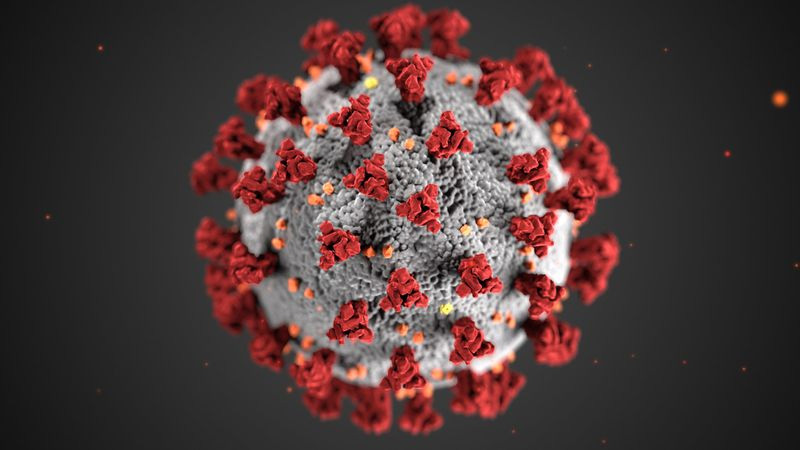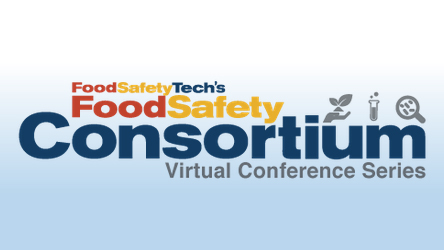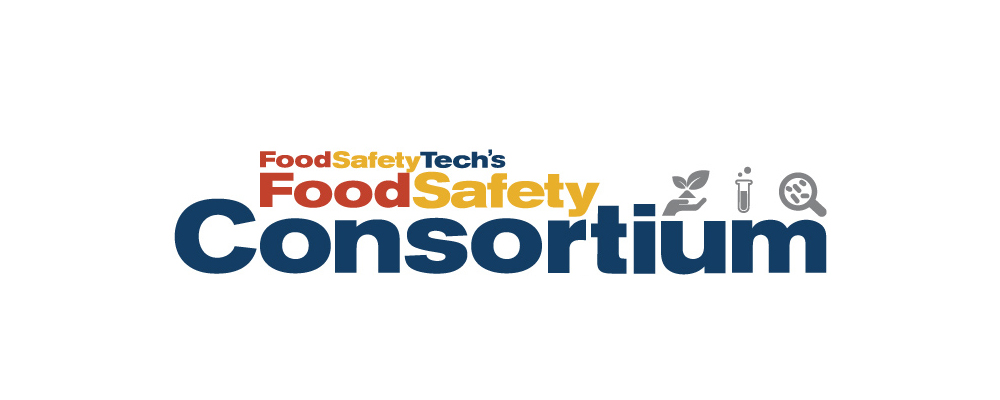Food safety concerns are constant across the food industry. From grocery stores to restaurants to meatpacking plants, the industry has doubled down on creating greater transparency into how food is stored, handled, cooked and delivered to the end customer. At the same time, new technology is helping food executives execute everything from contactless transactions to track, record, and promote their safety policies as never before.
Both independent restaurants and large chains see food safety as an issue that grew in importance during the pandemic. Diners have come to rely on restaurant policies for staff hygiene, such as washing hands, wearing gloves, and tracking personnel temperatures at the beginning of every shift. Their patrons expect that each restaurant will demonstrate how they are adhering to safety protocols. Restaurants are publishing their policies via signage, flyers added to take-out orders, social media posts, updated website language, or even safety protocols published to Yelp.
What’s more, their customers can easily access guidelines published by the CDC such as “Avoid Food Poisoning: Tips for Eating at Restaurants”, which explain how to check a restaurant’s safety score at the local health department website or find information, such as certificates that show kitchen managers have completed food safety training and posted it in the physical restaurant.
For restaurants, a transparent safety policy can become a competitive advantage, used to win new customers and attract the very best job candidates.
Grocery stores face similar challenges. From the checkout line to deli employees and the inventory clerks stocking the shelves, grocery employees are essential workers who also experience an unusually high level of public contact. According to the United Food and Commercial Workers Union (UFCW), which represents 1.3 million workers in food and retail, since the pandemic began, there have been more than 100,000 frontline and grocery union workers infected or exposed to COVID-19.
The UFCW has called for better safety precautions for grocery workers, including free PPE, paid sick leave, and vaccination prioritization that reflects their role as essential workers. As the national vaccination program picks up steam, more states are recognizing the need to vaccinate these essential workers, and they’ve been moved up in the prioritization line.
Until vaccines become more prevalent, however, grocery stores have adopted measures, much like those in restaurants, that are designed to protect both workers and shoppers. Mask mandates, one-way aisles, six-foot distancing, and Plexiglas shields at checkout are now commonplace.
Expanding Takeout and Delivery
Both restaurants and grocery stores have seen a huge shift to delivery ordering or curbside takeout over the course of the pandemic. Customers expect their favorite brands to give them the option of a frictionless, contactless experience where they have minimal contact with employees.
In order to offer a contactless takeout experience, both grocery stores and restaurants have invested heavily in technology. Curbside pickup and home delivery require an up-to-date website synched to inventory and menus. In addition, mobile apps enable guests to order remotely regardless of their location. The ability to pay via the app or a mobile wallet is the next step in a seamless contactless experience. Guests can pick up groceries or restaurant orders curbside, or pay a little more to have them delivered to their doorsteps.
The big advantage for shoppers is that they never come into contact with store employees, thus reducing the possibility of virus transmission. However, shoppers are finding that they also like the speed and convenience of the contactless experience. For this reason, many restaurants, such as McDonald’s and Chipotle, are expanding their drive-through capabilities.
Big brands like Amazon are doing the same with grocery. The Amazon Go concept store provides a “Just Walk Out Shopping” experience. There are no lines and no checkout. Customers download an Amazon Go app, and their items are automatically scanned and billed to their account. Other innovators include Wegman’s, which has partnered with Instacart to facilitate free delivery for its online shoppers, and brands like Safeway and Albertson’s, which also have curbside pickup facilitated via their mobile apps.
Back-of-House Technology
Back-of-house technology completes the food safety paradigm for restaurants and grocery stores. New systems that combine wireless networks with temperature monitors and data analysis make it simple and compulsory to track food temperatures throughout a facility. Remote sensors automatically record temperatures in coolers, the kitchen, and as orders move on to the customer.
Workflow automation in the back-of-house has become equally indispensable as food compliance has become increasingly more complex. Whether it’s a multi-unit restaurant or grocery brand, operators crave the data and visibility that only a digital solution can provide. Automation reduces the amount of time spent on tasks otherwise done manually, cuts down on the chance of errors, increases customer satisfaction and improves overall efficiency.
Technology helps the foodservice industry to stay on track, ensure compliance and encourages employees to stick with these practices. With a digital solution that keeps an electronic record of all the protocols that need to be completed, restaurants and groceries can record each inspection, such as taking photos of clean equipment and walk-in coolers at proper temperatures, as well as reminding them of their most important tasks and cleaning schedules.





















